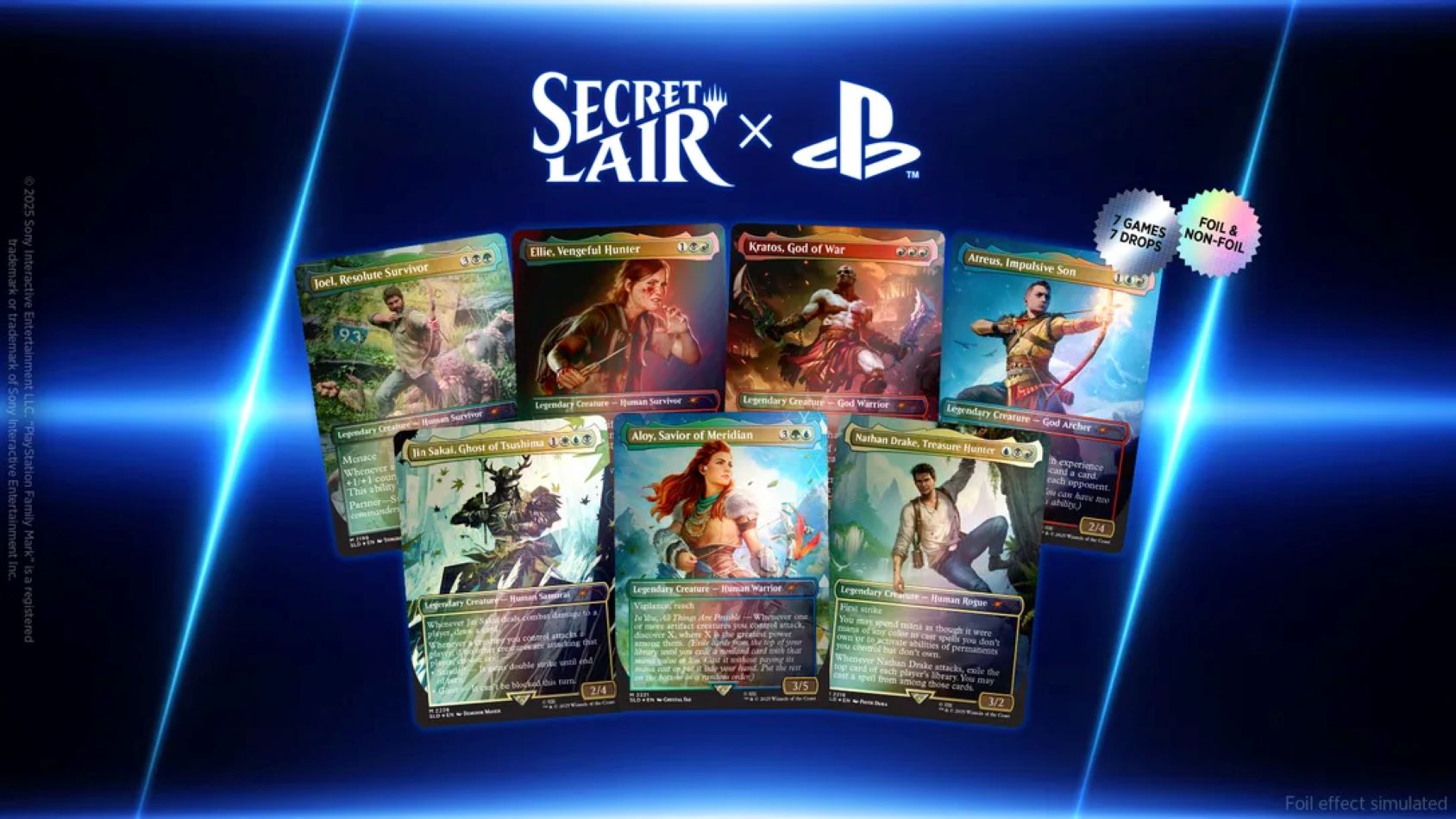A huge asteroid will fly past Earth on January 26, the event is being regarded as the closest pass of such giant body till 2027. It will come nearest to the Earth at 11:19 a.m. ET.
NASA officials stated that the width of Asteroid 2004 BL86 is around 1,800 feet (550 meters). This large asteroid will be about 745,000 miles away from Earth, nearly three times the distance between our planet and the moon. NASA also confirmed that Asteroid 2004 BL86 possess no threat for Earth and will be a visual treat for the space watchers.

It was known to be discovered on January 30, 2004 by Lincoln Near-Earth Asteroid Research survey, New Mexico. Scientists from NASA are all set to study the asteroid’s orbit and surface. Plans are also on to look for its moons. Images of the asteroids generated by radars will be used for such analysis, and the images will be captured by using the Deep Space Network antenna at Goldstone, California and the Arecibo Observatory situated in Puerto Rico.
The black and white images with finer resolution of 13 feet (4 m) per pixel are likely to be obtained; they in turn will enable the researchers to examine the surface of the asteroid. As of now, very little is known about Asteroid 2004 BL86, so scientists are expecting to receive enormous details about it on January 26.
To Watch Asteroid 2004 BL86
- Even though, Asteroid 2004 BL86 will be closest to Earth on January 26, it will not be too luminous to be watched with naked eyes. It is advisable to keep a binocular while making an attempt to watch it.
- For regular watchers, it will probably be an effective approach to locate a specific star that will fall in the way of the asteroid. Thus, identification will be less tedious a job.
- Looking through a telescope will surely provide a better view of the passing body.
- The best news is, even in the absence of binocular or telescope you can watch the asteroid sitting at home with the Virtual Telescope Project 2.0.








Add Comment